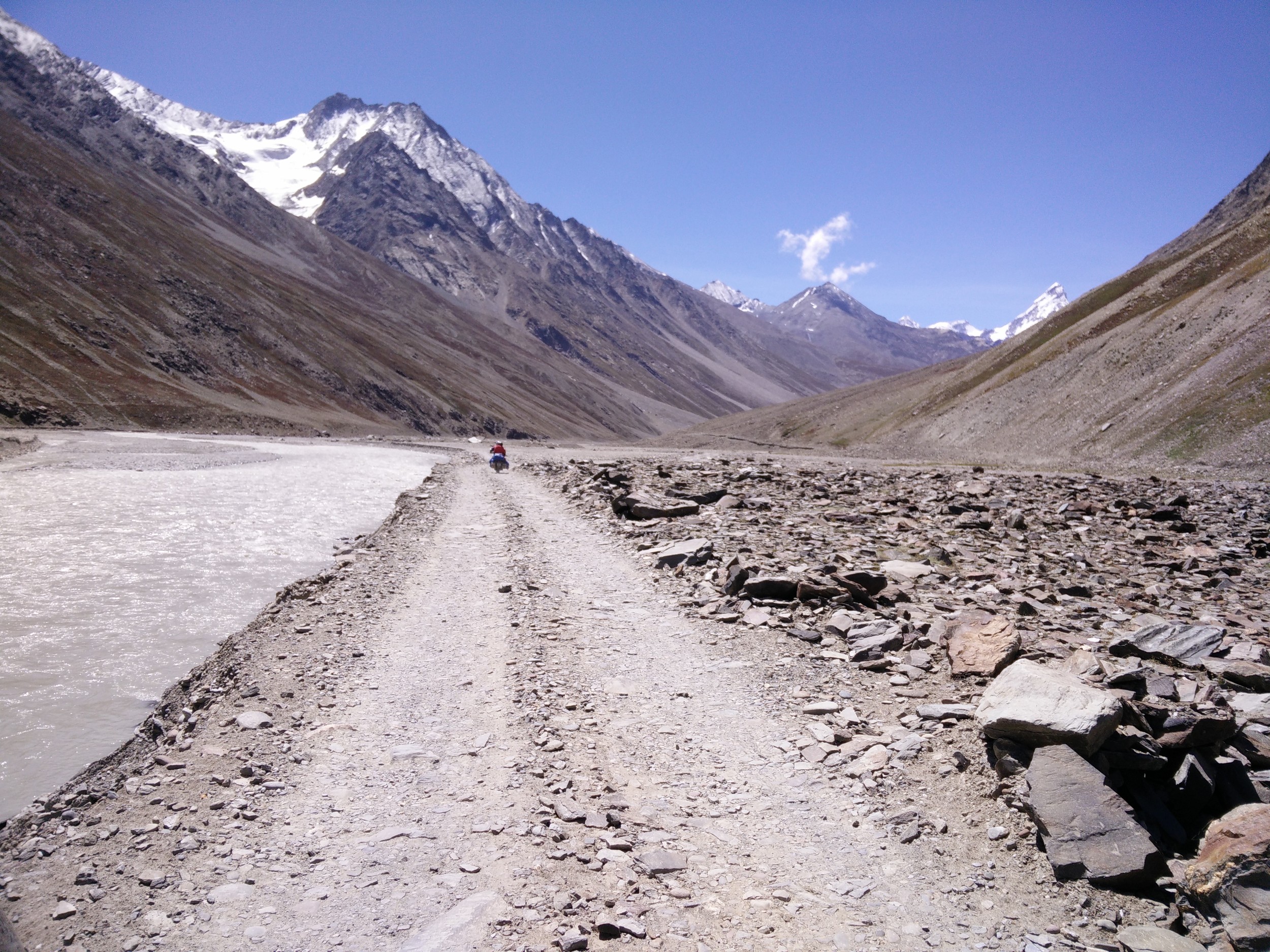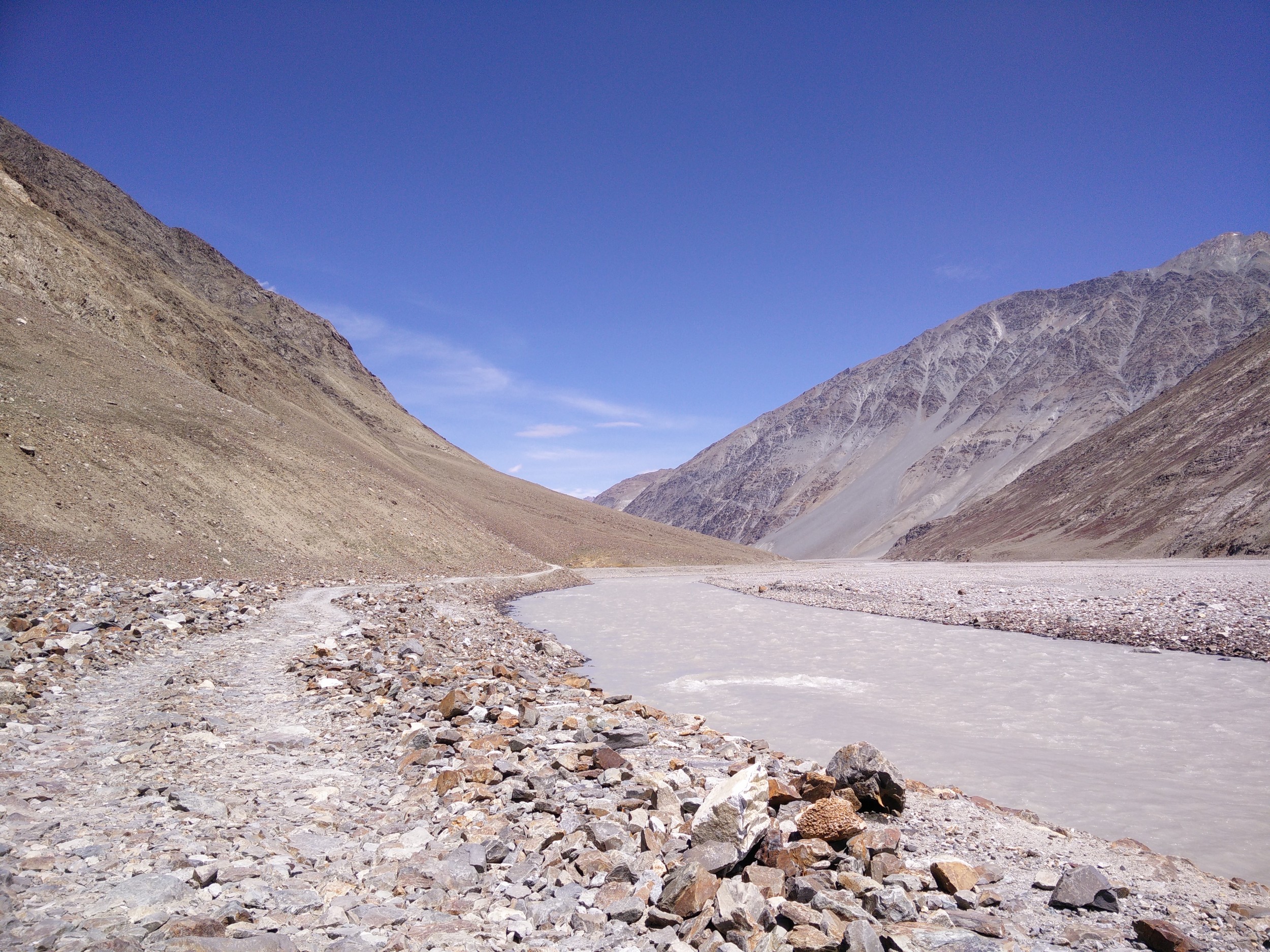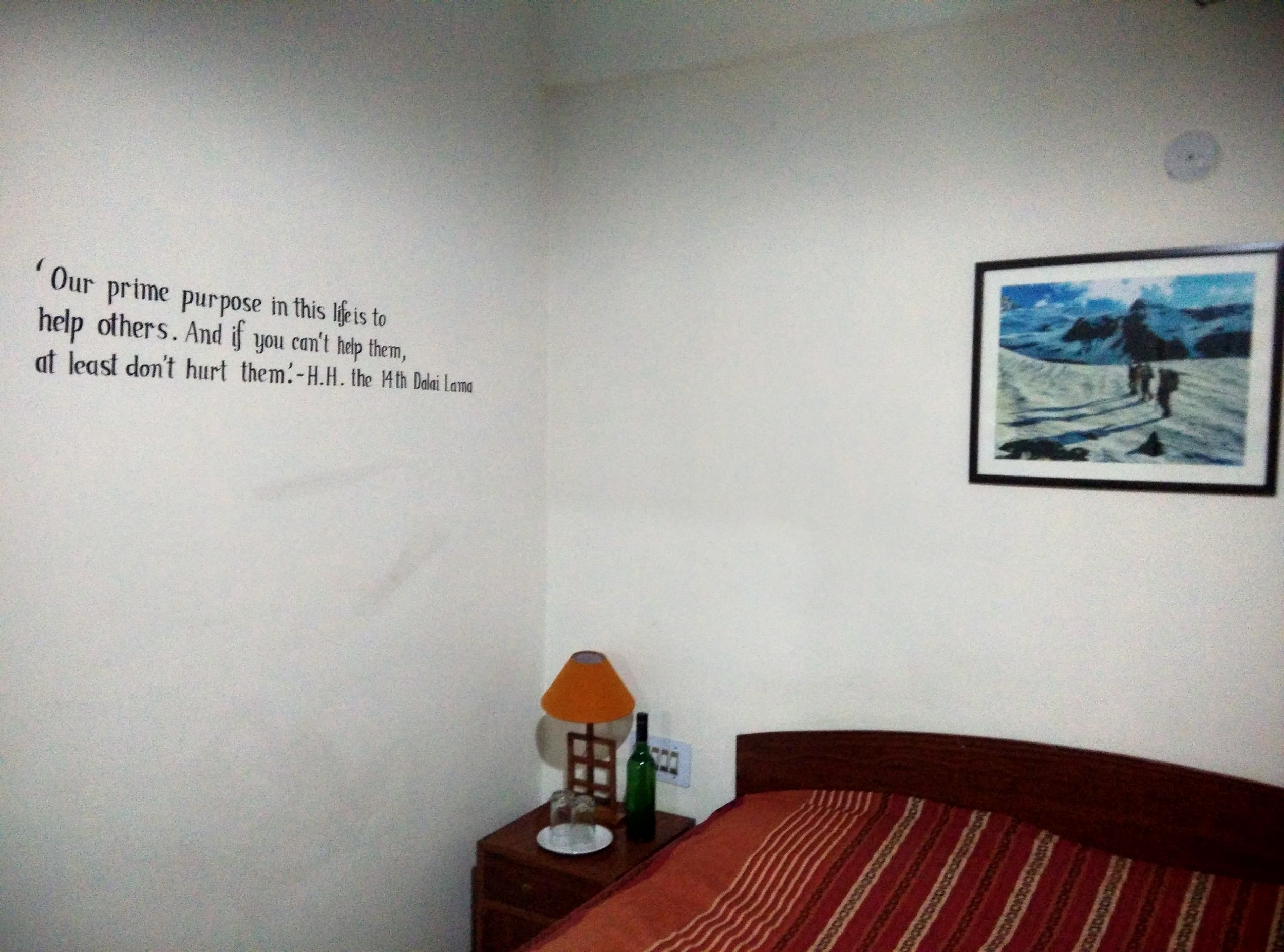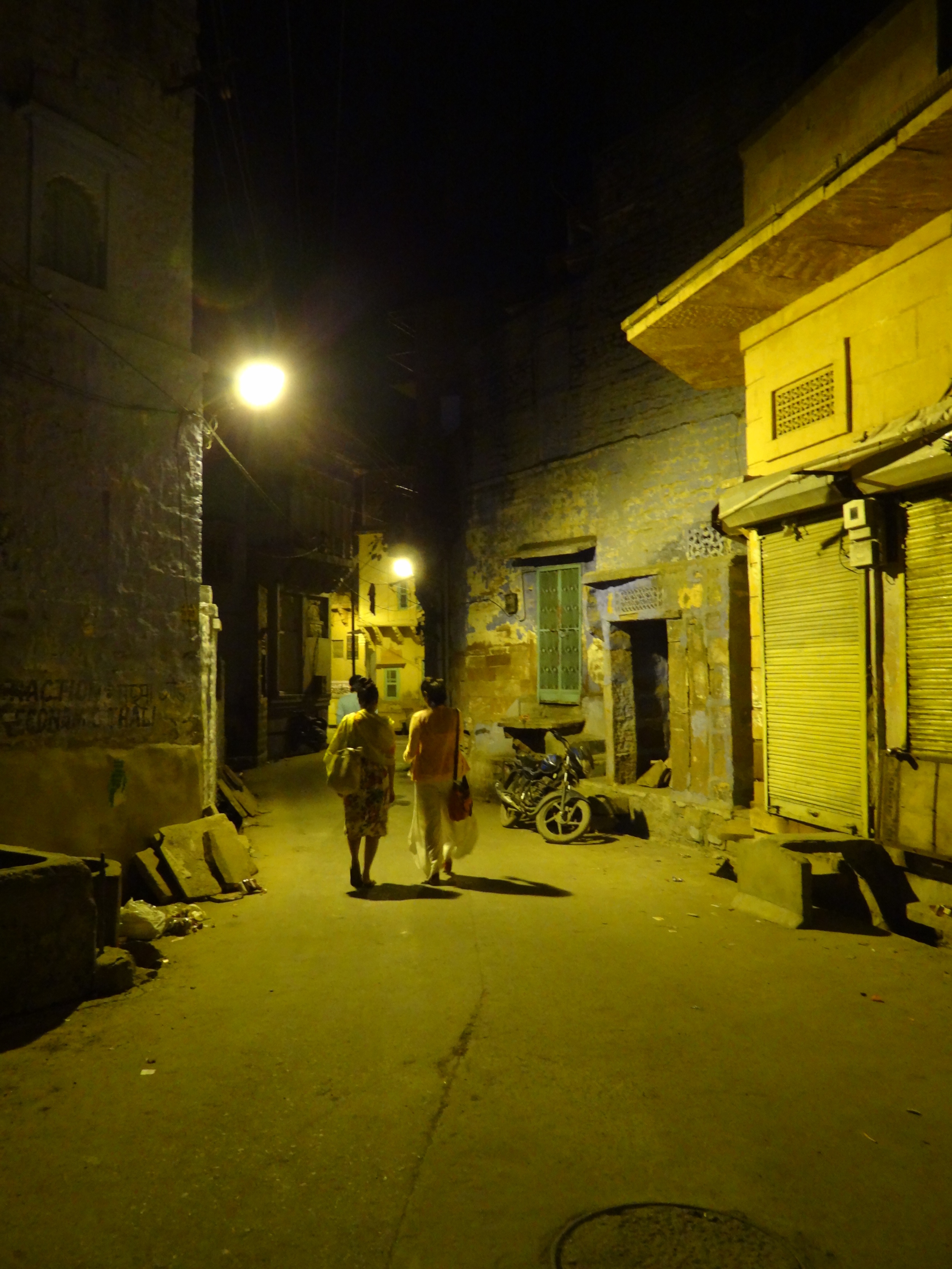It rained today in Bengaluru. So I made Maggi and had a cup of coffee. The perfect moment to reminisce about good times. And the 2 years I spent in Goa was as good a time as any. I’ve been writing stories from my stay there and this is the first one I want to share with you all.
AAI
In our Goa house, there was a back exit through the kitchen. We kept it open while sleeping. It was because we didn’t want to be shaken awake by violent knockings on our bedroom window in the morning. Who would do that? Aai.
Aai (pronounced “aaee”) is a cute, loving Goan lady who used to take care of our house in Goa. Her name was Savitri though nobody ever called her that. She was Aai for people of all ages and genders.
It was hard to tell her age. Years of hard labour in the fields under the strong Goan sun had wrinkled her face. She could be anywhere from 45 to 60. She had a frail figure and walked with a slight stoop.
Every morning she came to wash the utensils. We were not early risers and would still be sleeping when she arrived. The doorbell broke and we never got it fixed. So she would knock on our bedroom window vigorously. Knock is a euphemism for what she did. It was an assault. THAK! THAK! THAK! THAK! THAK!
Waking up violently from deep sleep is never pleasant. It felt like my soul left the body briefly to cower in the corner. It didn’t want to be a part of whatever it was that demanded my urgent attention. So we started leaving the kitchen exit door open for her to enter without waking us up. It was better to have a small chance of getting robbed than having your soul depart from you every day.
I lived with my girlfriend (and now wife), Amita at the time. She didn’t speak Konkani and Aai didn’t know Hindi. But I would hear them having a perfect conversation. There were exclamations, laughter and sounds of deep discussions. Nobody knows how.
We could see Aai’s house from our garden. It was a traditional Goan mud house with a thatched roof. She lived there with her sons and daughter. Her daughter Sharmila would come to cook for us. And sometimes bring her 7-year-old son who was fun to hang out with.
Sidenote 1: Thank God we get a second set of teeth as we get older. Because the first set isn’t meant to last given our eating habits as kids. This little boy had more red and black on his teeth than white.
Aai was a workaholic. Apart from our house, she worked at our neighbour’s too. She would come in early at 6. Then after finishing work at both the houses, she headed out to work in the fields. Depending upon the season, it would be either rice or mango fields.
I never saw her eat. Her fuel of choice was a cup of black tea with a borderline unhealthy amount of sugar added. That and tobacco which she preferred chewing.
Sidenote 2: She brought us the most delicious mangoes from the fields. No exaggeration. I never had better mangoes before or after. And I’ve had plenty. Ask my mom. Or my wife who is still angry about the time I ate the last mango in the house which was apparently hers. (I showed her the draft of this story - she questioned the word “apparently”. In her mind, it’s“definitely.”)
Aai was a badass. Our neighbours’ dogs were ferocious. They were guard dogs and wouldn’t let anyone near the street. The only person they were afraid of was Aai. They considered her the Alpha. Even the most aggressive among them - Rover, a German Shepherd, conceded before her.
Aai enjoyed pyromancy. Instead of letting me dispose the garbage bags in the designated area, she preferred burning it all.
Aai in our garden doing her thing
Aai had direct contact with the Gods. We visited her house once for a religious function. I asked someone what that deity is. They said it is the Goddess that possesses Aai during the festival. It was said casually as if it’s a normal thing to happen.
It’s the one on the left
Aai was loving.
One time Sharmila burned her hand in her kitchen. So she couldn’t come to cook for us. Coincidentally, Amita was away in Dehradun. So I had to do my own cooking.
Now, remember that this was Goa in 2017/18. There was no Swiggy or Zomato to order from. There was one Pizza shop that delivered to our place. There used to be two but then our neighbour’s dog bit one of the delivery guys. There was an attempt to bite the other guy too, but he escaped. One other restaurant delivered but he would drop the food a kilometre away. He would call and I had to go and pick it up. In short, it was tedious to order in. So I usually ate out or chose takeaway for dinner. And I made the same stuff for lunch every day - Dal and Chawal.
Aai would notice the lack of dirty cooking utensils in the morning. So she felt that either I am not eating enough or consuming a lot of outside junk. Couple it with the fact that she would see lots of empty beer bottles in the morning. She figured that I was not in a good way.
A few days later, I found Sharmila at the door. Her hand was still healing and she was in no condition to cook. Aai had commanded her to go and check on me. ‘Baba is not eating,’ Aai had told her. I felt my soul shed a happy tear. All that cowering in the corner was worth this wonderful person. I assured her that I am OK, even if I wasn’t. And that she should come back only when she is completely healed.
Aai called me Baba. ‘Good morning Baba’, and ‘Good morning Aai’ were the extent of our conversation. But it was enough. During those days while Amita was away, I went through a bout of depression. It was fueled by lots of alcohol, cigarettes, and loneliness. Reading Charles Bukowski didn’t help either. Having Aai around to share a smile and a few words were like a balm. On many days, these were the only words I spoke and hers was the only face I saw.
She always seemed happy. Her red-stained teeth betrayed her tobacco habit but took nothing away from her infectious smile.
Aai made our life better.
Thanks for reading. Did you enjoy this? Do you think I should write more Goa stories? Let me know. I would love to hear your thoughts.
















































































